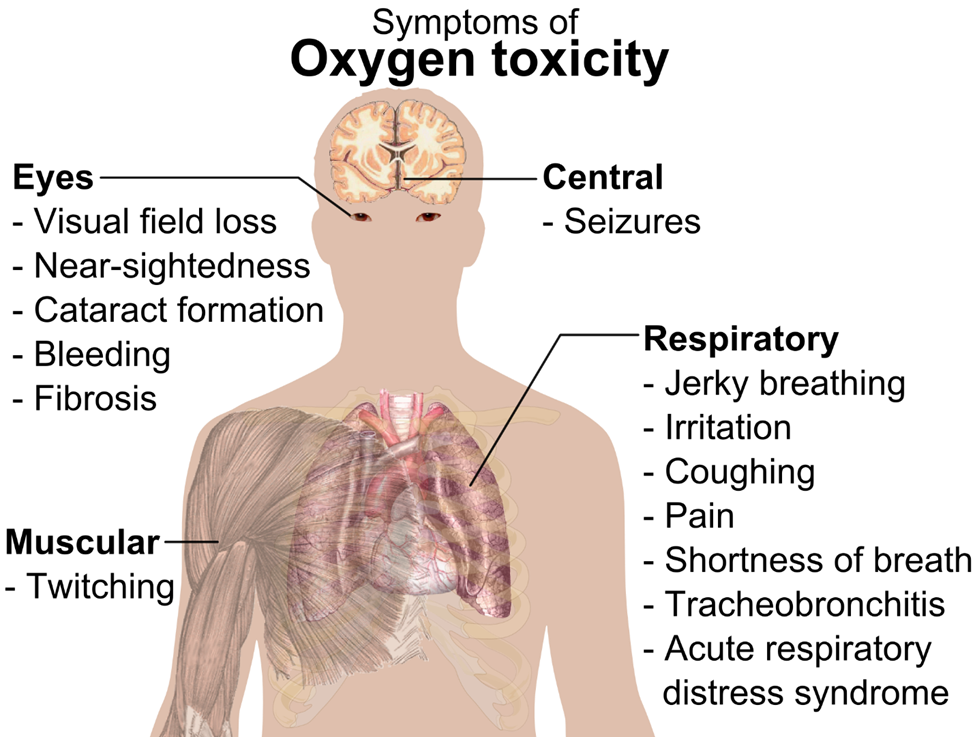A nurse is caring for a client who has been admitted with asthma exacerbation and is experiencing increased wheezing and has an oxygen saturation of 91%. The client is scheduled for his next breathing treatment in 1hr. Which of the following actions should the nurse take?
Asking the provider to repeat another radiograph of the chest
Increasing oxygen to maintain an oxygen saturation of 95% or greater in the client
Requesting the pharmacy to dispense 10 mL of dextromethorphan PO
Instructing respiratory therapy to administer a PRN albuterol aerosol
The Correct Answer is D
A. Asking the provider to repeat another radiograph of the chest.
This option is not the most appropriate action in this scenario. While a chest radiograph may be useful in certain situations to assess for complications such as pneumothorax or pneumonia, it is not typically the first intervention for an asthma exacerbation with increased wheezing and decreased oxygen saturation. In this acute situation, the priority is to provide immediate treatment to alleviate the client's symptoms and improve oxygenation.
B. Increasing oxygen to maintain an oxygen saturation of 95% or greater in the client.
While maintaining adequate oxygenation is important, especially in a client with asthma exacerbation, it is not the first-line intervention in this scenario. Oxygen supplementation may be necessary, but the priority is to address the underlying bronchospasm causing the decreased oxygen saturation. Therefore, this option may be considered after initiating appropriate bronchodilator therapy.
C. Requesting the pharmacy to dispense 10 mL of dextromethorphan PO.
This option is not appropriate for managing an asthma exacerbation. Dextromethorphan is a cough suppressant and does not address the underlying bronchospasm characteristic of asthma exacerbations. In fact, suppressing cough may hinder the clearance of mucus and exacerbate respiratory distress. Therefore, this intervention is not indicated and may delay appropriate treatment.
D. Instructing respiratory therapy to administer a PRN albuterol aerosol.
This is the correct action in this scenario. Albuterol is a short-acting bronchodilator commonly used to relieve bronchospasm and improve airflow in clients experiencing asthma exacerbations. Administering albuterol via aerosolized inhalation helps to quickly deliver the medication directly to the airways, providing rapid relief of symptoms such as wheezing and improving oxygenation. Therefore, instructing respiratory therapy to administer a PRN albuterol aerosol is the most appropriate intervention to address the client's acute symptoms.
Nursing Test Bank
Naxlex Comprehensive Predictor Exams
Related Questions
Correct Answer is C
Explanation
A. Muscle twitching
Muscle twitching is not a typical manifestation of oxygen toxicity. Instead, muscle twitching may be indicative of other conditions such as electrolyte imbalances (e.g., hypocalcemia or hypomagnesemia), neuromuscular disorders, or overstimulation of the nervous system.
B. Metallic taste in mouth
A metallic taste in the mouth is not commonly associated with oxygen toxicity. Instead, a metallic taste in the mouth may occur as a side effect of certain medications, dental issues, or as a symptom of other medical conditions such as acid reflux or oral infections.
C. Facial flushing
Facial flushing is a characteristic finding in oxygen toxicity. When exposed to high levels of oxygen over an extended period, individuals may experience facial flushing due to the vasodilatory effects of oxygen on blood vessels. This dilation of blood vessels leads to increased blood flow to the face, resulting in flushing or reddening of the skin.
D. Periorbital edema
Periorbital edema, or swelling around the eyes, is not a typical manifestation of oxygen toxicity. Instead, periorbital edema may occur as a result of various other conditions such as allergies, sinusitis, or fluid retention. It is not directly related to exposure to high levels of oxygen.

Correct Answer is ["B"]
Explanation
A. 24-year-old woman with allergic rhinitis:
Likely safe to take an alpha-adrenergic decongestant as allergic rhinitis is a common indication for decongestant use in young, healthy individuals.
B. 18-year-old man with cold symptoms:
Likely safe to take an alpha-adrenergic decongestant as it's a common indication for decongestant use in young, healthy individuals.
C. 64-year-old woman with a history of heart disease:
Should avoid alpha-adrenergic decongestants due to the risk of increasing blood pressure and potentially worsening heart conditions.
D. 70-year-old woman with glaucoma:
Should avoid alpha-adrenergic decongestants due to the risk of exacerbating glaucoma by causing pupil dilation and increasing intraocular pressure.
E. 56-year-old man with prostatic hypertrophy:
Should avoid alpha-adrenergic decongestants due to the risk of worsening urinary symptoms caused by prostatic hypertrophy, such as urinary retention.
Whether you are a student looking to ace your exams or a practicing nurse seeking to enhance your expertise , our nursing education contents will empower you with the confidence and competence to make a difference in the lives of patients and become a respected leader in the healthcare field.
Visit Naxlex, invest in your future and unlock endless possibilities with our unparalleled nursing education contents today
Report Wrong Answer on the Current Question
Do you disagree with the answer? If yes, what is your expected answer? Explain.
Kindly be descriptive with the issue you are facing.
